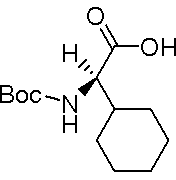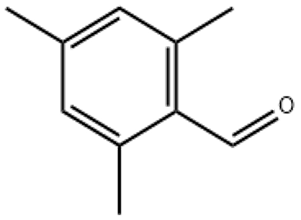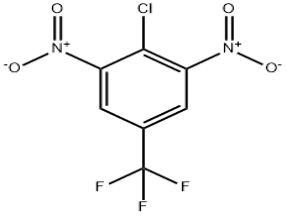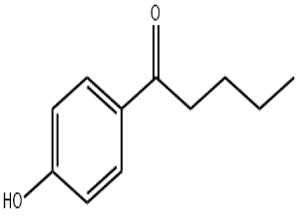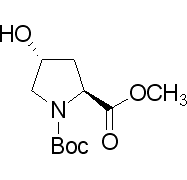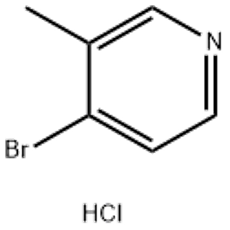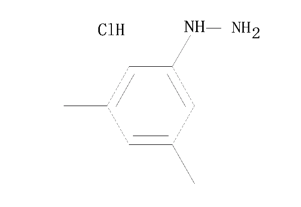BOC-D-Cyclohexyl glycine(CAS# 70491-05-3)
Risk and Safety
| Safety Description | 24/25 – Avoid contact with skin and eyes. |
| WGK Germany | 3 |
| HS Code | 29242990 |
| Hazard Class | IRRITANT |
Introduction
Nature:
Boc-alpha-Cyclohexyl-D-glycine is a solid, usually in the form of white crystals or crystalline powder. It has a relative molecular mass of 247.31 and a chemical formula of C14H23NO4. It is a chiral molecule and has a chiral center, so it exists in the form of a single chiral enantiomer and a Lee enantiomer.
Use:
Boc-alpha-Cyclohexyl-D-glycine are commonly used as intermediates in organic synthesis. It plays an important role in the synthesis of peptides, drugs and other natural products. It can be used as a chiral amino acid protecting group to control the bioavailability and pharmacokinetic properties of drugs.
Preparation Method:
Boc-alpha-Cyclohexyl-D-glycine are usually prepared by chemical synthesis. A common preparation method is the reaction of D-cyclohexylglycine with N-tert-butoxycarbonylimine (Boc2O). The reaction is usually carried out in an organic solvent and controlled at an appropriate temperature. During the synthesis process, safety measures need to be taken to ensure the safety of laboratory personnel.
Safety Information:
Boc-alpha-Cyclohexyl-D-glycine is a chemical and should be handled and stored properly. It may be irritating to the eyes and skin, so direct contact should be avoided when in contact. Appropriate protective equipment, such as lab gloves and goggles, should be worn when in use. At the same time, it should be kept in a dry, cool, well-ventilated place, away from fire and flammable materials.


